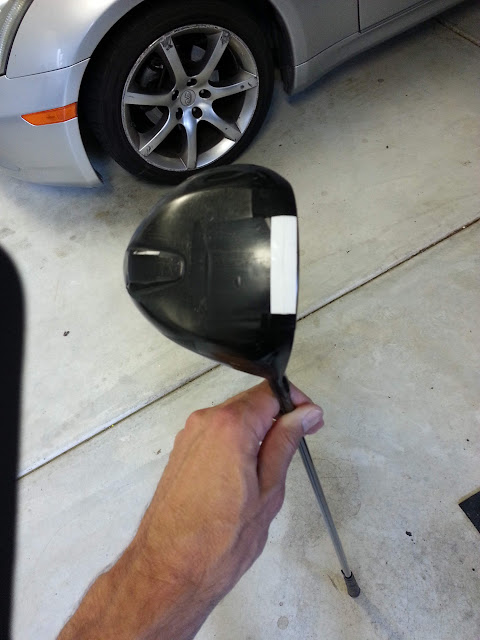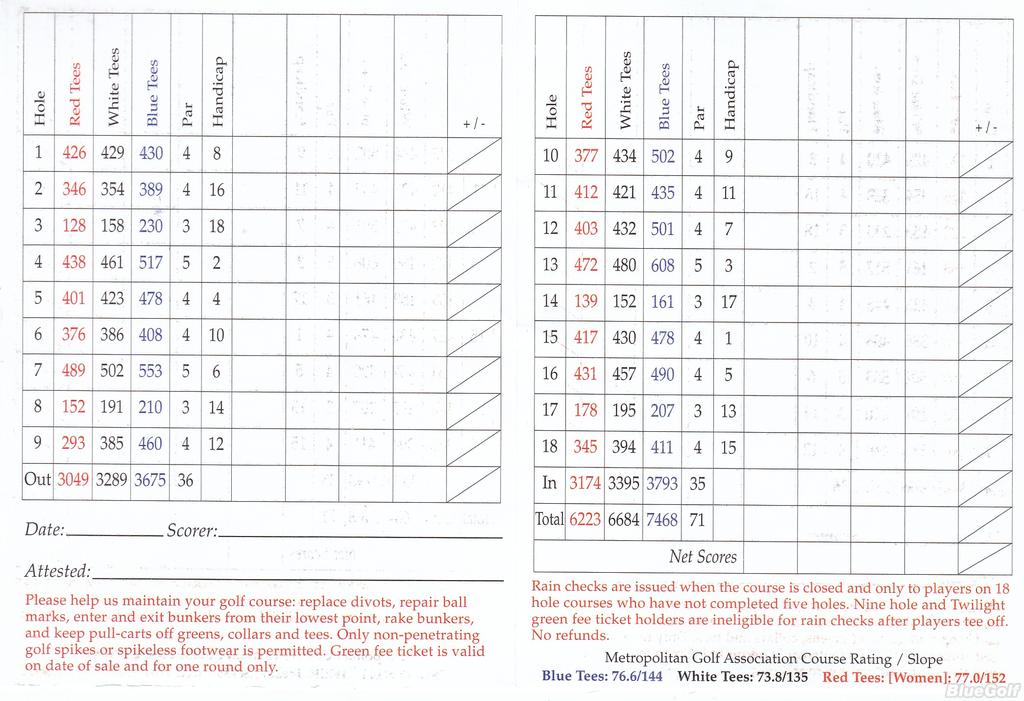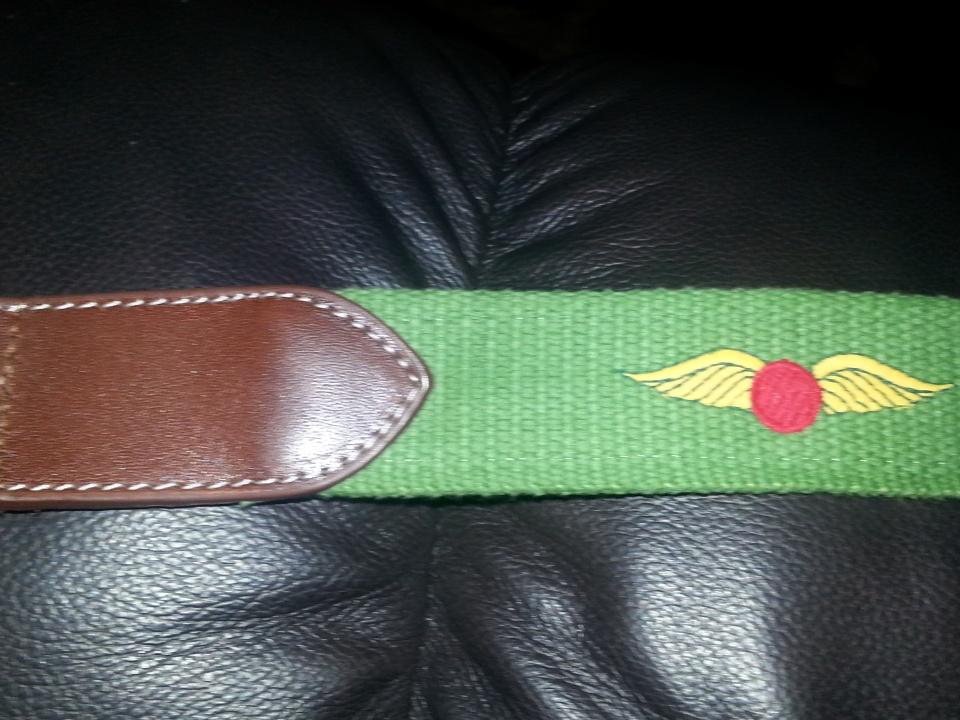Forest Dunes (The Loop, Red Routing) – Roscommon, MI (Architect: Tom Doak)

Background
Forest Dunes’ 3rd owner finally figured out how to make money at his gem of a facility and decided to invest some of it back into a 2nd golf course. He turned the design over to world famous architect Tom Doak because TD sold him on his idea for the first reversible golf course in the United States. After Doak waived his magic wand, pushed some sand with a dozer, and sprinkled in some fescue seed, the Loop at Forest Dunes opened for play in June of 2016. The original course at Forest Dunes set the bar very high for for me so needless to say I was a bit excited to get on the Loop for the first time in May. In 2016 the course was only open to preview play, meaning guests staying at the Forest Dunes resort. In 2017 the public can make tee times a week in advance. The Loop is a walking only course that plays clockwise one day and counter clockwise the next. The different paths of play are known as Red and Black.
You read that right. On a Monday you could play the Red course, which would start you off the first tee and play to the first green for that routing. On Tuesday you would play the Black course, which tees off in the other direction, down a different fairway, where your first green was your 17th the day before. I’ll go out on a limb and guess you’ve never played anything like that in your life.
From what I understand, Doak has always wanted to create a course like the Loop because he’s intimately aware that St. Andrews used to be played that way. What Doak set out to do at the Loop was accomplished and now gives the original Forest Dunes course a sibling across the street worthy of being in the same family. The vibe of the Loop smacks you right in the face as soon as you drop a ball on the fescue putting green. It sounds like someone just kicked a coffin. The greens are rock hard and meant to play that way. They’re top dressed regularly and watered only enough to keep them from dying. What lays ahead of you for the day from the first tee on feels a bit like a game of croquet being played in a neighbor’s yard.
Layout/Scenery
As you make your way across the parking lot and main drive way from the Forest Dunes clubhouse you find yourself at the caddie shack of the Loop. If you’re taking a jock, pro jock, you’ll meet your looper there and be told the routing in play for the day. On the day I visited Loop players were working with the counter clockwise routing of the Red course. If you’re looking at the 18th green, that would be to the right, nearest tee to the caddie shack. The holes are framed with fescue and some trees and brush outside of the mowed area, however, they don’t have the traditional shape you see on most courses. At the Loop most holes are laid out in a rectangular shape, like a back yard. I’ve only seen this before on certain Seth Raynor designs and Onwentsia in the Chicago area. This feature was most prominent on the Red’s 13th hole (not pictured below).
I later recalled that Doak was involved in late 1990s renovation to Onwentsia and think he might have brought some of those visuals to the Loop. That look also works well when you need to be able to play the holes in opposite directions every other day. The bunkers and fairway ribbons that traverse the square look still leave plenty for the eye to take in regarding how the hole is framed.
There’s nothing boring about the layout. Both routings take you in different directions so you’ll rarely play the same shot with the same wind. The mix of holes is fantastic. You’ll play a little bit of everything in long par 4s, short par 3s, long par 5s, short par 4s, long par 3s, and short par 5s. They’re all a treat. The shot above of my father-in-law playing the short par 3 sixth hole on the Red. From the back tee it might measure 125 yards, but it is no picnic. The green has different sections to play to and you’d be wise to use the natural contours of the green complex to snuggle the ball in close. We both did but walked away only with pars. You can also get a better look at the most recent top dressing that occurred 5 days earlier in that image.
What you see above is the typical look of a hole at the Loop. We played it about a month into the short northern Michigan golf season so the longer natural grass wasn’t all the way up yet and there were still trees with minimal leaves. I’m sure the property looks better in the fall when the longer grass is bronzed on the top and the trees are at peak fall foliage. There’s not water in play and no dramatic views so if I have a knock on any part of the layout it is the lack of scenery. The golf itself is a purists dream.
Score: 4.5
Conditioning
Firm, fast, and more firm. That’s what you get at the Loop. A typical 100 yard wedge shot from the fairway should be played like a 90 yard shot. 200 yards into the wind, hit your 200 yard club because the fucker is going to roll up on the green even after the wind kills it 15 yards short of the front edge. The sand based soil, fescue fairways, and bent grass greens with mucho top dressing provide you with an experience you’re probably unfamiliar with. That style of play takes a few holes to get used to but it also allows for you to be creative with your shots and play the ground game you don’t ever practice. Good luck with that.
The course is only a year old so it isn’t plush yet and to keep the rugged feel that I believe Doak wants here I don’t think you’ll ever look at the Loop as you do its perfectly manicured sibling that shares the same mailing address. That being said, the fescue fairways never left me with a bad lie.
The greens on the other hand were a bit of a conversation starter in our group. We all knew what we were getting into with how firm they are, but I think they’re pushing a very fine line. The course received almost an inch of rain the day before we played it and we still barely made ball marks. On the 8th hole I hit a pitching wedge from the fairway into the wind that released 35 feet to the back fringe. I played for 20 feet of that roll out and still only had a 12 foot putt, but yikes.
I’d like to give a score for conditioning of “incomplete” because of the newness of the track, but will forge ahead with a numeric score nonetheless. I was impressed with the fescue grasses and like the intent they’re going for on the greens. If they take the harsh edges off the greens, like dial the firmness back from 9.9 to 8, I think they’ll have it about perfect. Until then I can’t go much higher than a 4 because I did see a few trouble spots that looked out of place after a morning mow as a well as some long, healthy fescue a yard off the fairway that was nearly unfair thanks to being over watered.
Score: 4.0
Value
The original Forest Dunes course has a rack rate of $149. I think that’s a decent value considering several publications rank it as a top 100 golf course. I don’t think the Loop will ever achieve the same lofty status as its sibling, but it is a unique course and a great 2nd fiddle. Golf Digest just ranked it the 6th best course in Michigan with the first course being number 4. Not too shabby. That being said, it isn’t a great value at the $149 rate they want. Throw in a caddie fee and you’re well over $200. I liked it, but I’m not paying that freight for that course.
Now, shoulder season rates in May, early June, September and October….I’m in. Those are about $90 and if you don’t take a pro jock and carry your own bag there’s no other fee added on. Remember, no carts!
Score: 3.5
Service/Pace
Because I didn’t take a caddie I can’t say if they’re any good. The rest of the staff at FD is everything you’d expect at a 5 star course. The starter is more than helpful, but he should be as he only sees about 12 groups a day right now, and the beverage cart girls do all they can to sell you whatever you need from their parked carts along your walk. Yes, they don’t even allow the beverage carts on the course.
If I can complain about anything it is that the halfway house was closed behind the 9th green. I have no idea why other than they had so few groups scheduled to play. But at the rates you pay there someone should be working it just for 1 group on the course.
Because there’s no groups on the course to clog things up the pace is whatever you make of it. Three of us walked, two of us were in the push cart mafia, and I carried. We made it around in 4:10 with my dad taking his sweet time and me waiting out a 5 minute rain delay on the 18th green (I left rain gear in the car!).
Score: 4.5
Amenities
The facilities at Forest Dunes are 2nd to none. They have one of the best practice ranges I’ve ever used. The short game area is fantastic. A caddie program. Oh, and they’re bringing back their natural grass putting course soon! Now throw in a great restaurant, fantastic proshop, cottages, new lodges…..what more could you want?

Hopefully nothing because there is nothing. The Forest Dunes property is in the middle of nowhere. The small town of Roscommon nearby doesn’t give you much either unless you feel like getting a bite at Fred’s and bowling if your golf is washed out. No strip clubs. No good bars. No night life. Just you and your buddies hanging out at two great golf courses among the wildlife. Enjoy it.
Score: 4.5
Difficulty
From the back tee the Loop’s rating is just over 71 on a par 70 and it plays about 6700 yards. Unless the wind is really blowing, which it can, there’s nothing a 0-15 handicapper can’t handle off the tee. Your 2nd shot is where you start to think, and overthink, or not think at all. You’re figuring yardages to the front and playing to that number. Miss a green, now you’re in a pressure cooker. The severely undulating greens that are concrete hard put a lot of stress on anyone’s short game. I usually make my money from 100 yards and in and pitching around the green. Good luck with that at the Loop, especially seeing it for the first time.

While I noted above that there’s no tee shot that should scare you here, you’ll find plenty that don’t exactly fit your eye. Because of the lack of framing or a true target you can have trouble getting aligned properly on the tee. There’s no mowed tee boxes. There’s just 3 sets of tees in large fairway areas. They can be placed almost anywhere. Some are not exactly put in flat spots. Now picture that kind of space, getting square to a target, and trying to rip your tee shot through the wind and keep it out of the long shit. All those factors will fuck with you.

Per usual, this rating isn’t based on a 5 being “way too hard”. I’m rating a course a 5 when I’d say it’s playable and enjoyable, but not easy, for players of all levels. There are no forced carries and I don’t think anyone in my group had a penalty stroke. My dad who plays to about a 12 scored well from the middle tees. My FIL and myself were a little bit above our averages. The Loop gives players of all levels a chance to score, but it will make a good player earn a good score too. The only reason I didn’t give it a 5 here is for the concrete greens. Firm is good, but too firm is dangerous, and too difficult for the average player.
Score: 4.5
Composite
My expectations of the Loop were pretty high thanks to my trips around the original Forest Dunes course. The Loop mostly met my expectations and the composite score came out to the very same rating as its sibling. That being said, I’d probably play the original course 7 out of 10 times now that I’ve seen them both. I plan on coming back for another look at the Loop and the Black routing sometime in 2017. Perhaps that return trip will give me a different opinion and I’ll revise some ratings.
Score: 4.25 (out of 5)
That final score is nothing to sneeze at. I’ve given lower scores to higher ranked tracks. Anytime you have a chance to play either FD course you should do it, but I’d recommend playing the Loop 2nd to the original course only because the first course gives you the true Forest Dunes experience. Shit, just stay there for a long weekend and play them both twice. You can’t go wrong.









 Background
Background



























